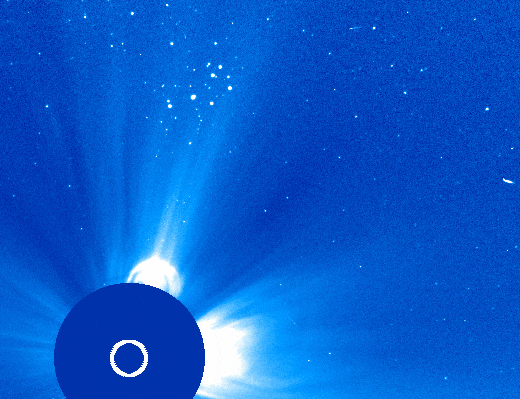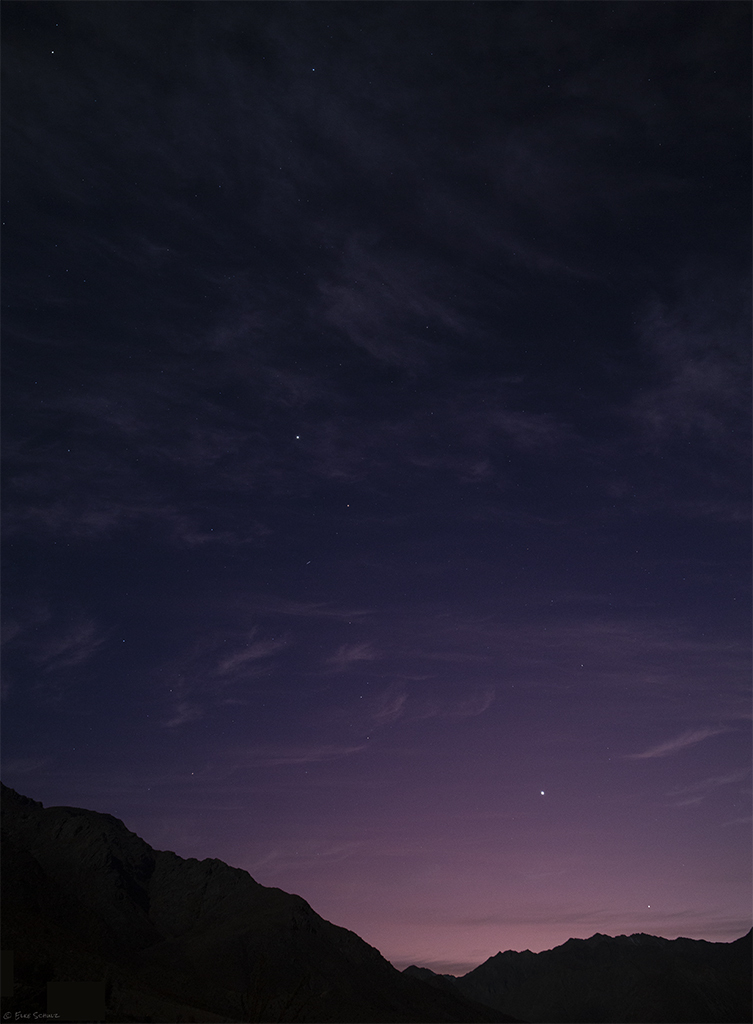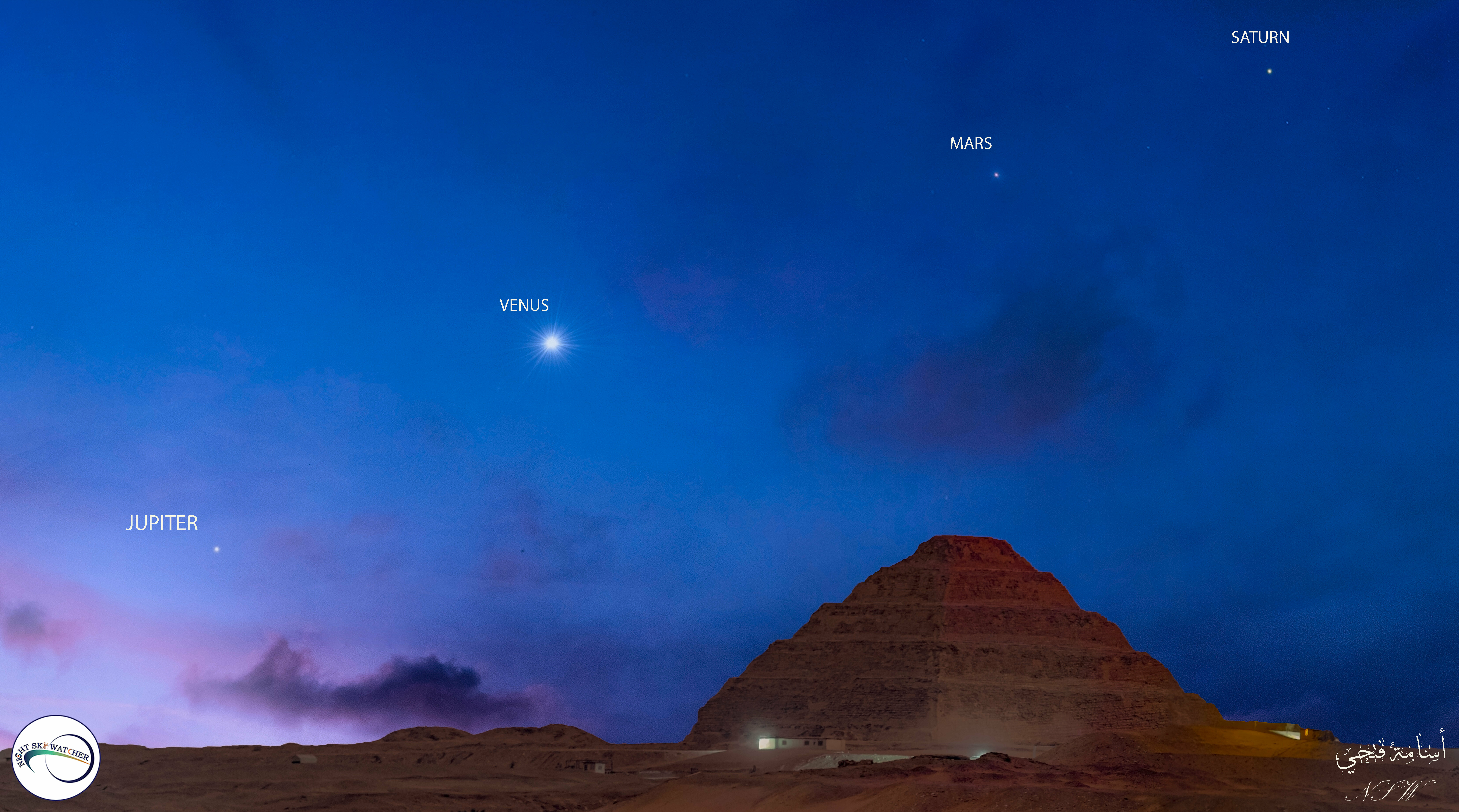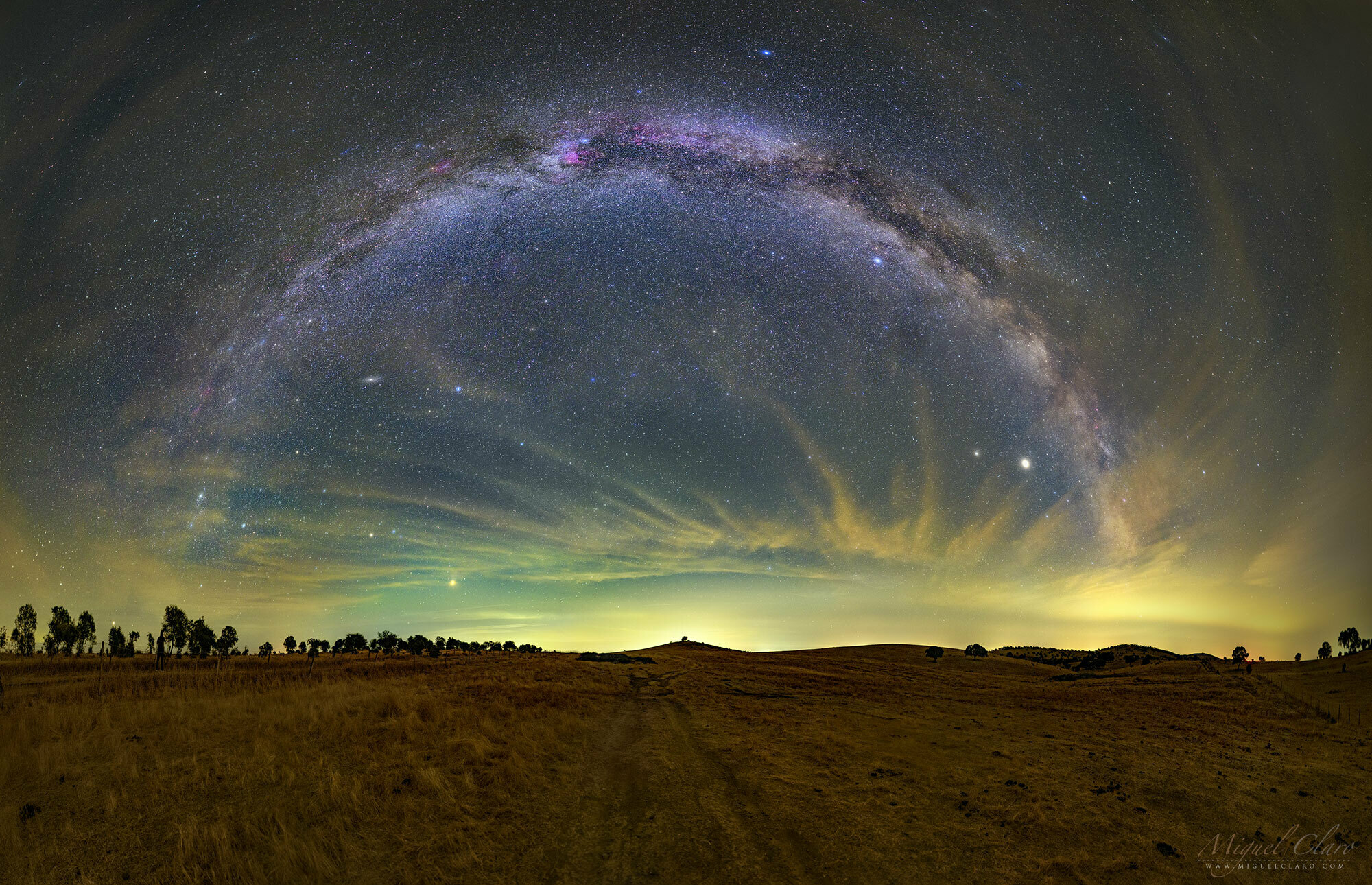Discovery of #Jumbos may herald new astronomical category | #Space | The Guardian
#Astronomy #JupiterMassBinaryObjects #JWST #Planets #Exoplanets
5 Likes
1 Comments
#Astronomy #JupiterMassBinaryObjects #JWST #Planets #Exoplanets

Varuna Peyarchi: Neptune to Pisces
On 18-19 February 2023, Neptune transited from Aquarius to Pisces and is currently sandhi 0.00° Pisces (deprived of energy) where it will remain for a little more than three weeks. Sandi means “deprived of energy” so the effect of Neptune moving to Pisces will not be pronounced for some time.
As referenced earlier, we look to outer planets when they change signs. Neptune has capacity for non-attachment, infinite love and beauty, charity, altruism, bliss and rapture, and awareness of divinity, transcendence of duality.
Neptune likes to transcend, to merge, to flow, to melt, to yield. Neptune can accept changes, allow a changing environment, and can love selflessly and impersonally. This is an important capacity of Neptune, for most young people and youth take love as a matter of possession and territory – possession of someone’s mind, and territory of their body. Nothing could be further from love. Dreams of love and idealism, infatuation and attachment all have to have both feet on the ground and squarely detached with your own boundaries intact around YOU.
Neptune is traditionally seen as the planet that imagines, envisions, dreams and inspires. While Neptune offers all that, and more: to fantasize, to heighten, one has to keep their feet on the ground or end up helpless, spaced out, dissolving into chaos, and prey to drugs and the unconscious mind. One can self-destruct, abdicate all responsibility and end up sabotaging themselves. While Neptune – always near the Collective Unconscious – offers access to the psychic realms, and psi experiences – these can all be achieved with self discipline, self-control and self-respect. Psychedelic drugs and the like are not necessary to achieve this. You can reach the same high meditating as those people who tell they get a high using bongs.
What will Neptune’s transit in Pisces bring? One would hope for a gentler, kinder, more spiritually inspired world. However, this is not historically what we have seen before. Neptune represents secret plots, rebellions, and sedition, and Neptune in Pisces will be a time of tremendous idealism associated with an urge to dissolve tired old paradigms and world views in favour of a more charitable universal vision. We live in an era where significant changes have taken place (our great-grandparents would not recognise our modern, electronic world – except, perhaps, for the radio and print news. So much has changed with living, co-habitation, housing, working, travel, child-care centres and the gig economy.
Pisces is a water sign, a moksha sign, and harbours great spiritual awareness, creative achievement, and compassionate action. But when disconnected from the All, from peers, society and culture, in its lower expression, Pisces has a tendency for escapism, deception, and delusion. This is the signification of the fish going in two directions, we can pull towards separation and duality, we can pull towards the experience of everything is Atma, and the lifting of the veil of illusion.
#Neptune in #Pisces provides the impetus towards transcendence of duality, unity consciousness, surrender and non-attachment. So Neptune in Pisces seeks to transcend, to merge, to surrender, to sacrifice, to let go and let God. On the other hand, Neptune seeks to dream, to inspire, to glamorise, to idealise, to imagine, to envision, to fantasise, to intuit, to enchant, to beguile. In summary, the positive benefits of Neptune are accessed when we are grounded and following dharma.
About #Lord #Varuna
Lord Varuna
Lord Varuna is revered in Hinduism as the God of water and his sway extends to the underwater world. The Hindu Goddess Varuni is his consort and a Makara serves as his mount. According to the Puranas, he is the son of sage Kashyapa and one of the twelve Gods considered as Adityas, owing to their origin from the Mother of Gods, Aditi. Varuna possesses the lordship of the waters and was entrusted with the task of overseeing the clouds and rains. He is thus known as the king of waters and controls the Oceans, Seas, Rivers, and all other water bodies. During the Mahabharata period, the great Pandava, Arjuna was hailed as the son of Lord Varuna. It is also widely believed that praying to him protects us from thunder and lighting.
Varuna #Gayatri
Aum Jalabimbaye Vidmahe
Nila Purushaye Dhimahi
Tanno Varunah Prachodayat
Om, Let us meditate on the reflection of water
O person of ocean blue, give me higher intellect
And let the God of water illuminate my mind

Before the launch of the Solar and Heliospheric Observatory (SOHO) in 1995, astronomers had never seen anything like this. Behold, a #solar #storm passing directly in front of the #Pleiades:
SOHO recorded this rare conjunction on May 21st. An erupting filament of magnetism near the sun's north pole propelled the #CME into space just as the #SevenSisters were passing by. #Electra, #Taygete, #Maia, #Celaeno, #Alcyone, #Sterope, and #Merope spent nearly three hours shining through the translucent solar storm.
When SOHO left Earth almost 30 years ago, it carried the first realtime #coronagraph into #space. Coronagraphs are devices that create an #artificial #eclipse, blocking the glare of the #sun to reveal nearby #stars, #planets, and #comets. No telescope on Earth could see something as faint as the Pleiades only a few degrees from the sun, but SOHO does it all the time.
https://spaceweather.com/
If Jupiter were a Star
Because in SF there are often Double Star/Sun systems I've always tried to visualize it in my mind....have never really been able to but maybe just got a glimmer of how they would move...not necessarily from this article, but it got me thinking. :)
https://www.sciencealert.com/a-newborn-jupiter-could-have-been-bright-enough-to-bake-its-moons
https://www.youtube.com/watch?v=SD1J5uZIljI
and perhaps we should not have been supressing such technologies for a century, and should cease that immediately, regardless the loss of profits from ending that #ManufacturedScarcity for oil corporations and other convergent interests. Regardless our hubris to think we'll catch it all with #Telescopes , what with all these large (multi kilometer) objects only noticed as they pass, not to mention the likes of #Oumuamua that come crossing the plane most looked and least "protected" by the other #planets' #gravity wells, maybe we should avail ourselves every opportunity, not tie our hands behind our back and blindfold us.
#LookUp #Study #Studies
#ShootingGallery #HottingUp #ExtinctionEvent #OverDue #ChancingIt #WhenNotIf
#WeCanStillMendThis
"The system as it is seems to be built on toothpicks"
This video covers our #sun's local star neighbors and their #planets.
Source: https://youtube.com/watch?v=qOpYYPzVOG4
Quote Compared to gigantic galaxies and star clusters, the #SolarSystem is no more than just a speck of dust. There are thousands of stars within the radius of 100 light years from it. With some of them barely distinguishable against the dark abyss of space, others are so bright that they can be seen even if they are in other galaxies. Besides, there are a lot of invisible objects lurking in the depths of space, too – from massive brown dwarves to rocky exoplanets comparable to our Earth in size. Some of them may harbour life while others may pose a threat.
However, all this diversity is eclipsed by the #scale of our #galaxy.
Today we will talk about some of the closest ones.
00:00 Intro
01:18 Closest #stars
02:18 Barnard's #star
05:39 Sirius
09:03 Wolf 1061
14:03 Local Interstellar Cloud
15:57 AP Columbae
18:53 Gliese 370
21:44 #Castor
24:47 Local Bubble
27:04 EndingSee less
https://www.youtube.com/watch?v=UOqV-l9XtxU
#music #animation #smalin #planets #mars #GustavHolst #Holst
Ein gruseliges Spinnennetz, magische Drachen oder schemenhafte Geisterspuren? Was siehst du auf diesem Bild des Supernova-Überrests Vela? Diese wunderschöne Farbenpracht zeigt die geisterhaften Überreste eines gigantischen Sterns und wurde hier in unglaublichen Details mit dem VLT Survey Telescope am Standort Paranal der Europäischen Südsternwarte (ESO) in Chile aufgenommen.#ESO #esoorg #Astronomy #Astrophysics #Astronomie #Suedsternwarte #telescopes #detectors #comets #planets #stars #galaxies #nebulae #universe #NTT #VLT #VLTI #ALMA #ELT #LaSilla #Paranal #Garching #Chile
ESO fotografiert den Geist eines Riesensterns

https://www.timeanddate.com/astronomy/moon/sturgeon.html
https://www.moongiant.com/moonphases/august/2022/
https://earthsky.org/astronomy-essentials/meteors-in-moonlight-tips-for-watching/
https://solarsystem.nasa.gov/news/2273/full-moon-guide-august-september-2022/
https://vibrational-astrology.com/2022/08/03/full-moon-in-aquarius-2022/
#fullmoon #sturgeon #moon #august #earth #sky #perseid #meteors #planets #astronomy #astrology #aquarius #green-corn #fruit #lynx #lightening



